Hands-On: HTC Desire 601 and Accessories
Sep 7, 2013, 6:00 AM by Eric M. Zeman
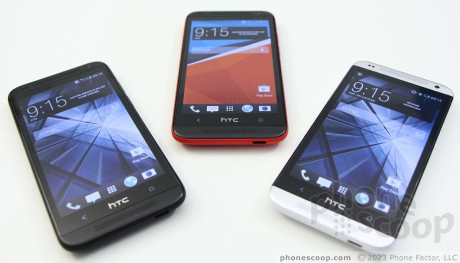
HTC recently announced the Desire 601, a smartphone that falls into the middle of its range of devices. Here are our thoughts.
Desire 601
The Desire 601 lands at the high end of HTC's dollar-for-value range of devices. If you think of the 601 as an HTC One light, you'll have the right idea. It trades the One's metal frame for a polycarbonate shell, but from a distance you can hardly tell the two apart.
The signature look of the HTC One is of course the large screen and dual speakers above and below it. The Desire 601 has the same frontward appearance: a big screen (though not as pixel-rich) and the dual-speaker set-up. Held side-by-side, the One and the Desire 601 look similar.
The 601 is being offered in at least three shades: red, white, and black. The red and black models have black speakers, while the white model has silver-colored speakers. The sides and back of the 601 are formed by a single polycarbonate shell that wraps around the device. The smooth material feels really nice thanks to its soft-touch finish, and the gently rounded edge let the 601 fit comfortably in your hand. There are no hard edges, seams, ledges, or gaps on which to catch your skin. It feels very nice. It is slim and light, and the 601 will easily slip into most pockets. (Unfortunately, HTC did not allow us to photograph the 601's backside.)
The 601 has a 4.5-inch qHD screen. HTC used an LCD panel and it looks pretty good. I couldn't see any annoying individual pixels, and it was bright and colorful. It's not quite as sharp as the screen on the One.
HTC placed the volume buttons on the right side of the 601. There are two buttons, not a single toggle. Separating them makes it much easier to tell which is which when not looking at the device. The buttons have a smooth plastic design, sort of like what Nokia has done with some of its Lumia smartphones. The screen lock button, which is placed on the top of the phone, has a similar feel. The volume buttons and screen lock key felt good, but HTC warned us that we were looking at a prototype and not necessarily a final device. The headphone jack is on top and the microUSB port is on the bottom.
Unlike the one, the Desire's rear shell can be removed. Once removed, it is easy to access the battery and SIM card. For those who like to have replaceable batteries, this is a mark in the 601's favor.
The 601 runs HTC Sense 5.0 on top of Android 4.2 Jelly Bean. It operates just the same way as it does on the One and One Mini. That means it includes Blinkfeed, BoomSound, and Beats Audio. The 601 does not have the One's ultrapixel camera. Instead, it dials the camera down to just 5-megapixels, though it does have HTC's image chip to help with picture processing.
The 601 is a solid little phone that many people will like. HTC's Desire range typically hits the U.S. through prepaid carriers. So far, none have said they'll sell the Desire 601.
Accessories
HTC is releasing a few interesting accessories this year for its smartphones. Here's a rundown of what they do.
BoomBass
The BoomBass is a Bluetooth speaker, but not in the sense you might think. Instead of replacing the One's dual stereo speakers entirely, the BoomBass is meant to complement them. It filters out all the low frequencies from the sound and passes them to the BoomBass, leaving the higher frequencies to pass through the One. According to HTC, the BoomBass covers all the frequencies below about 300Hz.
The BoomBass has a little shelf upon which the One can rest. Used like this, listeners will get the stereo BoomSound speakers and the BoomBass working together to provider richer, fuller sound. The BoomBass makes quite a difference and was able to really fill the small conference room I was in with plenty of sound and a surprising amount of bass. The BoomBass uses Bluetooth and NFC, and has several hours worth of battery life. It's a neat little accessory that might make listening to music when on the go a better experience.
Fetch
The Fetch is just what it sounds like: something to help you fetch your phone. The Fetch is a key fob similar to one you might use for your car. It has a key ring and everything. If you've lost your phone, press the button on the Fetch, and it will ring the phone so you can find it. The reverse is also true. If you've lost your keys (and the Fetch is attached to them), you can use an HTC handset to get the Fetch to beep so the keys can be found. The Fetch has one other cool function: it can act as a remote shutter release button for he smartphone's camera. This means you can put the camera somewhere and then fire it off from up to 45 feet away via the Fetch. There's an entire array of controls built into Sense that are used to manage the Fetch.
Mini+
Last, there's the Mini+. It is a miniature handset that HTC thinks some people might prefer to use for phone calls. It connects to the One, One Mini, etc., via Bluetooth and offers a whole range of features beyond just making phone calls.
The Mini+ is exceptionally small and light. It will fit anywhere on your person and is easier to carry about than a smartphone. It has a full numeric keypad, plus a D-pad and several other little control functions. The build quality of the Mini+ is excellent and it has a nice, premium feel to it. The buttons worked well and offered excellent travel and feedback. The buttons themselves have a rubberized coating that gives them some grip.
The Mini+ has a small 128 x 128 pixel black-and-white display that helps it interact with any Sense 5.0 smartphone. The Mini+ lets you see your call history, read and reply to text messages (via pre-recorded responses), control the smartphone's media player, control PowerPoint presentations, and even remotely fire the camera.
Here is a look at some of the alternate colors of the HTC One. The red version is being sold by Sprint, while the blue version is being sold by Verizon. They both look excellent in person.
And here are some shots of the Desire 500 This is a mid-range device that likely won't reach the U.S.:
Comments
looks
The desire 500 is something that's more commonly seen in asian markets:
Dimensions: 5.19"x2.69"x0.39"
Radios:
GSM: 850/900/1800/1900
WCDMA: 900/2100
Display: 4.3" TFT/LCD 480x800....
(continues)


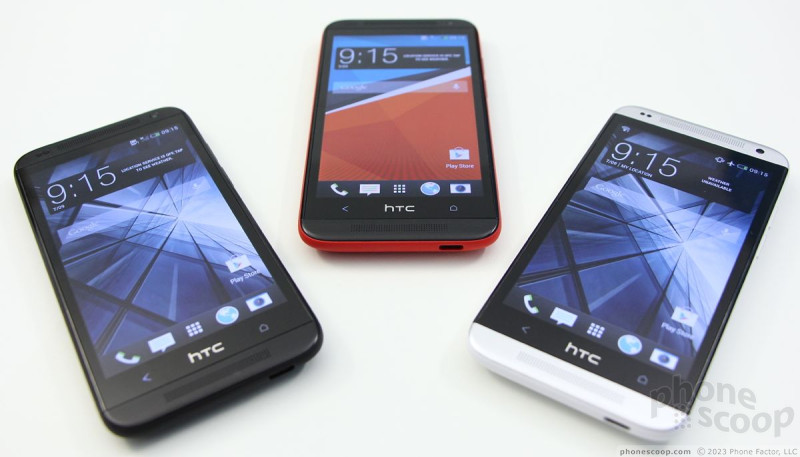






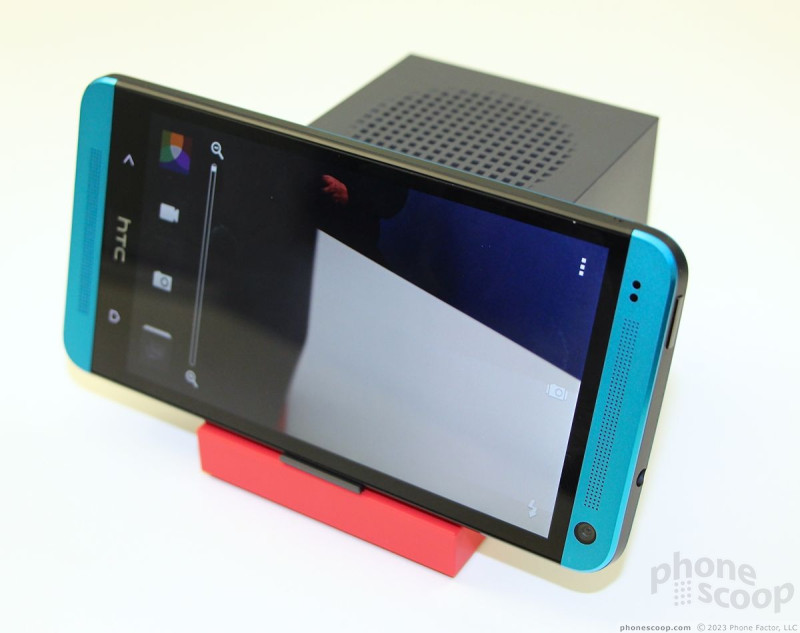





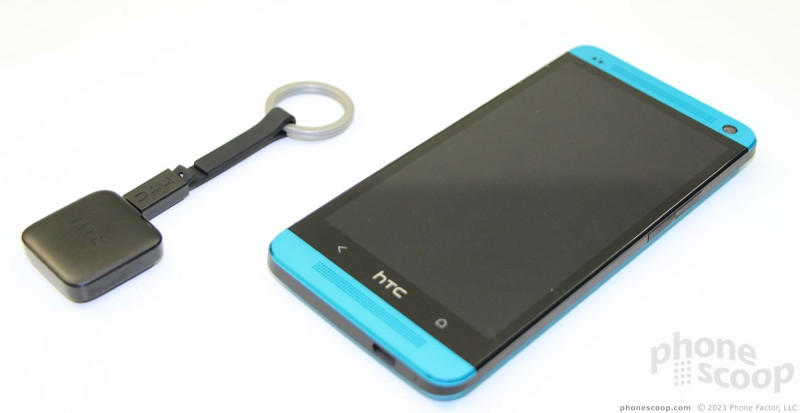


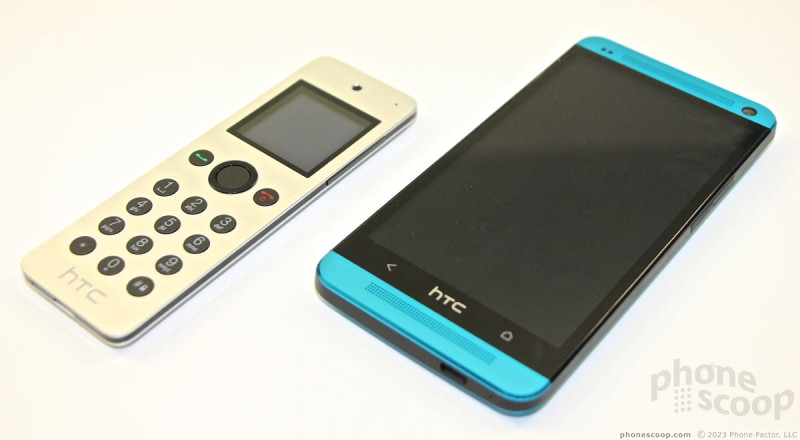





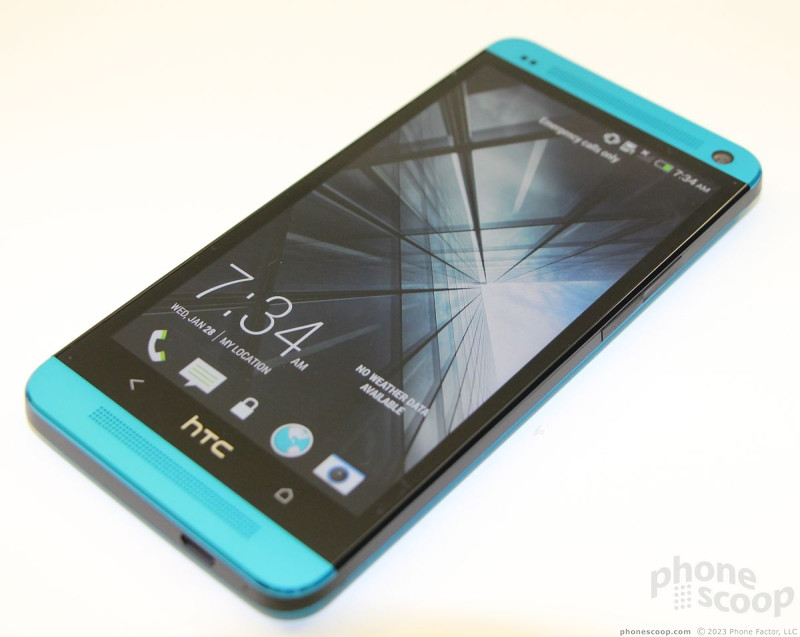








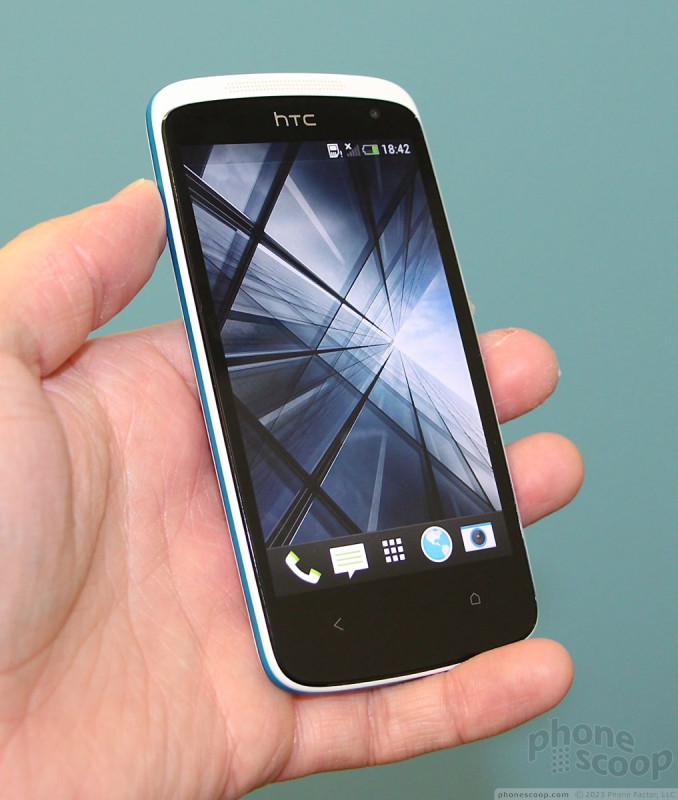






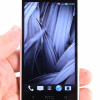 Review: HTC One mini
Review: HTC One mini
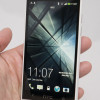 Hands On with the HTC One mini
Hands On with the HTC One mini
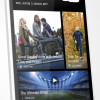 HTC One mini Hits AT&T Stores August 23 for $99
HTC One mini Hits AT&T Stores August 23 for $99
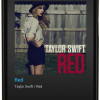 Sprint Scores a Red HTC One, Adds NextRadio App
Sprint Scores a Red HTC One, Adds NextRadio App
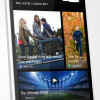 HTC One Mini Made with the Small-Handed in Mind
HTC One Mini Made with the Small-Handed in Mind
 HTC One mini
HTC One mini


